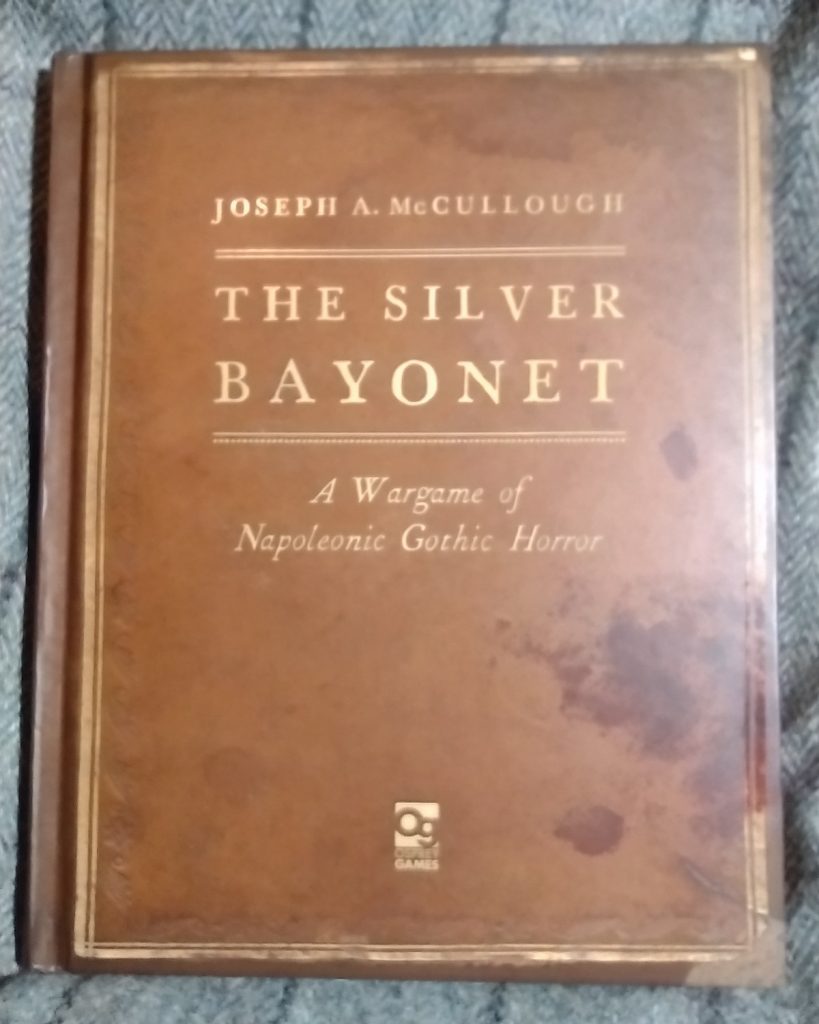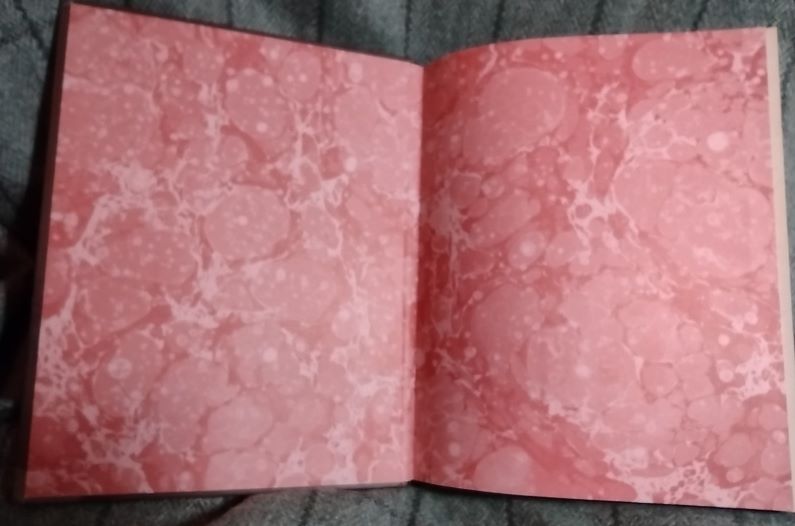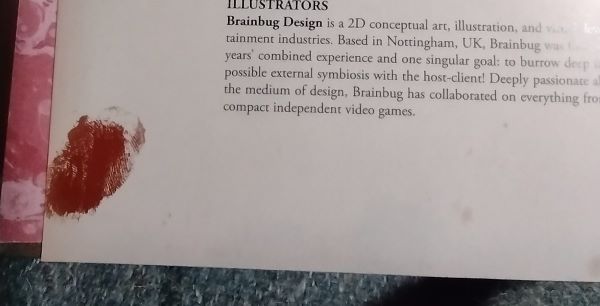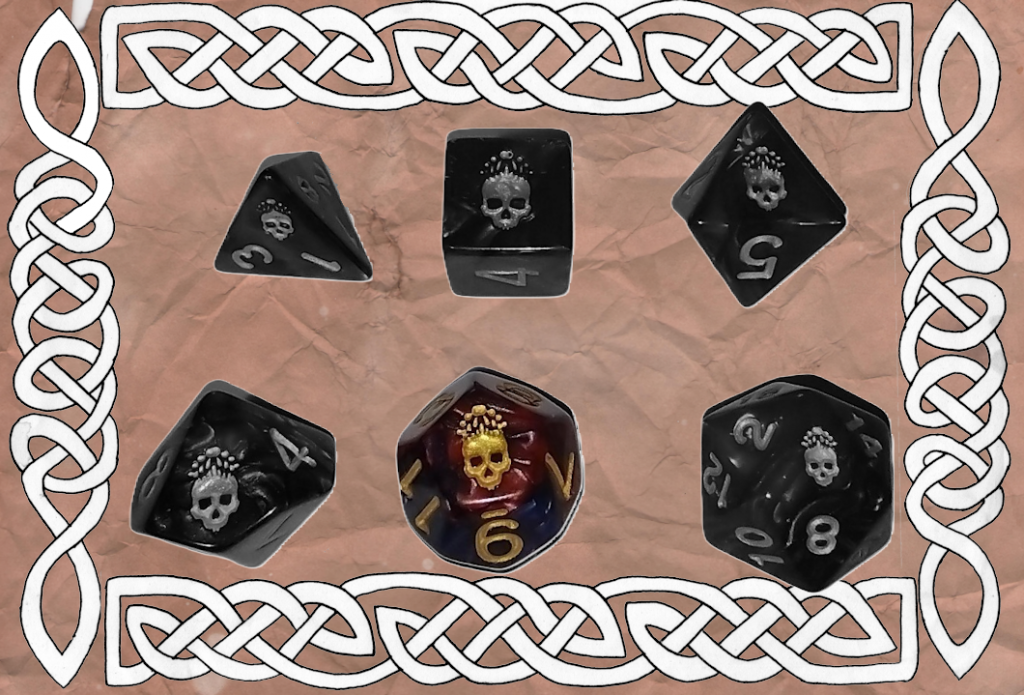
While looking at Frostgrave supplements on the Osprey Publishing site I began looking at another game by Joseph McCullough, ‘The Silver Bayonet‘. I’d seen it mentioned here and there but never really looked at what it was about. After reading the description, and realising that this was a great excuse to paint some military miniatures from the Napoleonic period, I grabbed a copy as soon as I was able.
I’ve always liked the idea of having a big army of miniatures from the Napoleonic era but have always held off because it would require spending a lot of money that is already earmarked for fantasy and sci-fi gaming and I probably would never get round to actually having any battles. So, The Silver Bayonet is perfect for going someway to scratching an itch. You don’t need a large amount of miniatures, the rulebooks and supplements are very reasonably priced and, the rules are fairly straightforward.

The rule book is very well presented and has been styled to look like an old hardback book with stains and damage. This is carried through the whole book with the ‘marbled’ style end papers and there are odd stains on some pages like the bloody finger print pictured below.

Napoleonic Gothic Horror
The Silver Bayonet is a skirmish wargame set in an alternative history where during the Napoleonic wars, fuelled by the deaths on the battle field, entities known as the Harvestmen began to cast their influence on the world, using their powers to release a horde of supernatural creatures previously thought of as myth or legend.
Britain is the first nation to respond to the threat forming units of special troops to hunt down and destroy these supernatural foes, awarding success with The Silver Bayonet. Other nations soon form their own special units.
The game oozes a swashbuckling vibe sort of like a ‘boys own‘ story produced by Hammer Horror. It can be ‘Sharpe’s Vampire’ or ‘Hornblower and the island of zombies’ or anything your imagination can conjure up for the Napoleonic era.
Specialist Units
The focus of play are the specialist units. These are formed by first choosing a country, Britain, France, Prussia, Spain, Russia and Austria, in the core rule book but there are options for other countries in the source books. Different soldiers are only available to some countries – the Highlander, for example being only available to Britain, but there is an optional rule to make up your unit with whatever soldiers you like.
The book also suggests that if you want to play a nation not on the list there is no reason not to. Simply grab some minis and choose one of the countries that fits. As with all optional rules, its good manners to make sure your opponents are happy with your choice.
What you need to Play
You will need up to 8 miniatures to represent your unit, one officer and up to seven soldiers. Plus some terrain, miniatures to represent the monsters, pencil and paper, a unit sheet – photo copied from the rule book or downloaded from the Osprey site and some d10s ideally in three different colours. The game is miniatures agnostic so you can use any miniatures you like. There is a great range of ‘official’ Silver Bayonet figures by North Star Military Figures. I have to confess I got badly bitten by the miniatures for The Silver Bayonet bug and now have three units (which will feature in future blog posts) and also have my eye on the North Star Russian Unit but am holding off for a bit as my pile of shame/possibilities needs reducing (and I just got my hands on a copy of Kill Team Hive Storm).
First you create a commanding officer who will lead the unit. There are some choices of increases to various starting stats so you can customise your officer a little. Further customisation involves the choosing two attributes. Attributes is a catch all term for skills, innate talents and special abilities in the game.
Next the officer needs to be equipped with a number of equipment slots to fill from two lists of equipment, a general list for standard weaponry with some items taking up more than one equipment slot, and a special list, items like silvered weapons and holy symbols, useful for fighting supernatural entities. A maximum of two items are allowed from this list though some of them are modifications to weapons and so don’t take up an actual equipment slot. Both are kept fairly small to keep things simple. A one handed sword or axe or club are all covered by the Hand Weapon, for example.
Next a company of up to 7 soldiers is chosen from a list of various specialists in keeping with the troop types during the Napoleonic era and. As well as military persons the lists there are also civilians whose skills make them useful to a Silver Bayonet unit. There is also the option of disregarding the country restriction and just choosing your soldiers as you wish. As is the case with much of Joseph’s game design the rules of fun and cool override those in the rulebook. Although it would be polite to check your opponent is okay with this in a competitive game.
The Game
The rules are similar to the Frostgrave rules, a point I am in agreement with Mr Peachy about, if it ain’t broken, don’t fix it, but there are some differences, the main one being is Silver Bayonet uses d10s rather than d20’s as mentioned earlier. These come in three varieties, and is why it helps to have three different colours, some of which you keep in a pool to be used to affect rolls.
Turns are split into phases each of which is either your minis or your opponents (in the two player competitive version) and a phase for any monsters. Solo and co-operative play have slightly different phases but are essentially the same. A figure generally has two actions in their phase one of which can be move and the other shooting, melee attack, investigating, or other actions. A lot of the game depends on the scenario that you are playing and there are both competitive and solo/co-operative scenarios included in the book as wells a guidelines for creating your own.
Campaign Play
You can play the game as just a one off scenario or skirmish but I think where it shines is with campaign play. Campaign rules are included and guide you through the advancement of your unit as it gains experience.
Another Review
This is a fairly short review and doesn’t cover everything but Peachy over on Peachy Tips has done a nice The Silver Bayonet review and an excellent kitbash idea for making some zombies (round about the 23:49 mark) which is well worth watching. I also had a go at kitbashing a zombie for the game.
The Silver Bayonet Supplemental Rules and Settings
At the time of writing there are four supplements available for The Silver Bayonet, The Carpathians – Castle Fier, Canada, Egypt and Italy. Each adds new monsters and troop types as well as scenarios to play. It has also just been announced that the next supplement will be ‘Britain: Bones of Albion’.
Minature Battles Score
My one very small criticism of the rule book is the lack of photos of miniatures on the table. However, I can see that this may have been a design decision, photos possibly not fitting with the design aesthetic of the book, which is very well done – I particularly like the cover being styled to look like an old, stained book. So it is a really really small criticism. I would have liked to have seen some photos of miniatures, possibly in a gallery as an appendix after the main content, there is after-all a photo on the last page.
It is a very small criticism though. This game, like Frostgrave, has been a breath of fresh air and gets my imagination sparking away like a, well, a very sparky thing!
I’m giving it a d12, only because of the lack of inspirational photos. I’m trying to be fairly strict with my reviews otherwise the majority will score d20s!

Have you played The Silver Bayonet or are you intending to? What nation did you choose? Let me know if the comments!

Leave a Reply